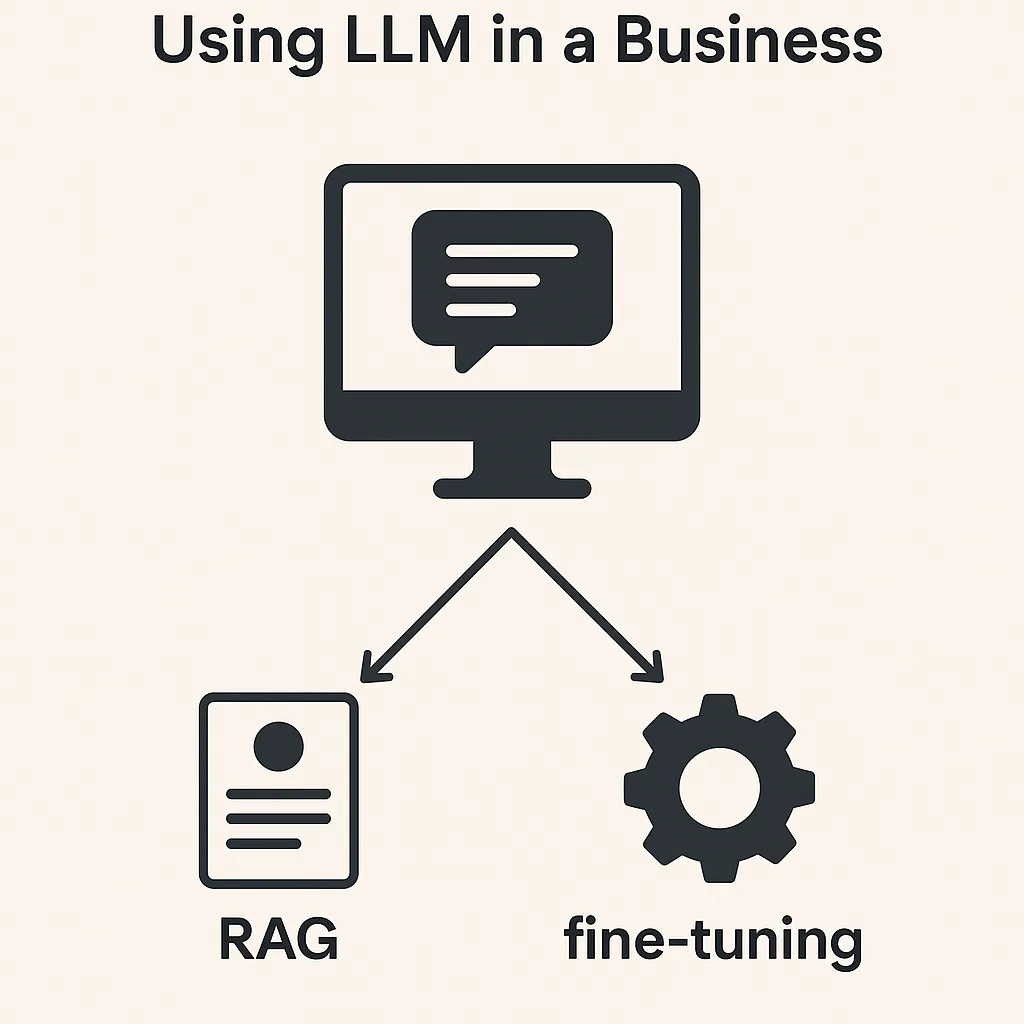While working on connecting eye-tracking data with news site advertisements, I encountered a challenge of finding connected components within a PySpark DataFrame. Connected components are subgraphs in which every node is reachable from every other node within that subgraph. <This is a common problem in graph processing and has various applications, such as social network analysis, recommendation systems, and fraud detection. For example, in social networks like Facebook or LinkedIn, where every user is represented as a node in a graph and a connection between them as a graph edge, finding connected components can be used for targeted advertising to a specific group or community. In this article, I’ll share my experience and the lessons learned while tackling this problem, focusing on the importance of balancing distribution and efficiency for optimal performance.
The Problem:
There are plenty of data processing frameworks out there that can be used to solve this problem. But in this post I’ll explain how I solved that with PySpark as it’s a tool of choice at my company. Given a PySpark DataFrame representing a graph, where each row contains a source node and a destination node, the task was to identify the connected components within the graph.
Initial Approach: Using GraphFrames
My first intuition was to leverage the power of the GraphFrames library, which is a popular tool for graph processing in PySpark. GraphFrames provides a high-level API for performing complex graph operations and algorithms in a distributed manner. I assumed that using GraphFrames would be the optimal solution for finding connected components.
Realization: Not Everything Needs to Be Distributed
However, as I delved deeper into the problem, I realized that not every problem requires a fully distributed approach, especially when dealing with small-scale use cases where the data can fit comfortably into memory. While GraphFrames is a powerful tool, it may not always be the most efficient choice for scenarios where the data is small enough to be processed locally.
Local Approach: Collecting Data and Local Processing
Instead of solely relying on PySpark’s distributed computing capabilities, I decided to take a centralized approach. The plan was to collect the necessary data, such as node IDs and their parent IDs, from the PySpark DataFrame and bring that data to the driver node. Then, I would use a plain Python function to traverse the graph and identify the connected components locally.
Here’s a code snippet that demonstrates how I collected the node IDs and parent IDs using PySpark:
from pyspark.sql.functions import col
def collect_node_parents(df):
node_parents = (
df
.select(
col("src").alias("node"),
col("dst").alias("parent")
)
.distinct()
)
node_parents_collected = node_parents.collect()
return node_parents_collectedOnce the data was collected to the driver, I implemented a Python traversal function to find the connected components:
def find_connected_components(node_parents):
node_parent_dict = {row.node: row.parent for row in node_parents}
# Perform traversal and identify connected components
# (Implementation details omitted for brevity)
return connected_componentsLesson Learned: Balance Distribution and Efficiency
The key takeaway from this experience is that not everything in PySpark needs to be distributed, especially when dealing with small-scale use cases. While GraphFrames is a powerful tool, it may not always be the most optimized choice for scenarios where the data can fit into memory. Running a normal traversal function using Python can be more efficient and straightforward in such cases.
It’s important to consider the scale of the problem and the available resources when choosing the appropriate approach. GraphFrames is designed for large-scale graph processing and can be overkill for smaller use cases. The implementation of GraphFrames is optimized for distributed computing, but it may not be the most efficient approach when the data is small enough to be processed in memory.
Conclusion:
Finding connected components in a PySpark DataFrame taught me the importance of balancing distribution and efficiency for optimal performance. While distributed computing is incredibly powerful, it may not always be necessary, especially for small-scale use cases.
When dealing with data that fits into memory, running a local traversal function using Python can be more efficient and straightforward compared to using a distributed framework like GraphFrames. It’s crucial to assess the problem at hand and select the approach that strikes the right balance between distribution and efficiency.
By considering factors such as data size, available resources, and the complexity of the use case, data engineers can make informed decisions and choose the most suitable approach for finding connected components in PySpark. Balancing distribution and efficiency is key to achieving optimal performance and delivering effective solutions.












